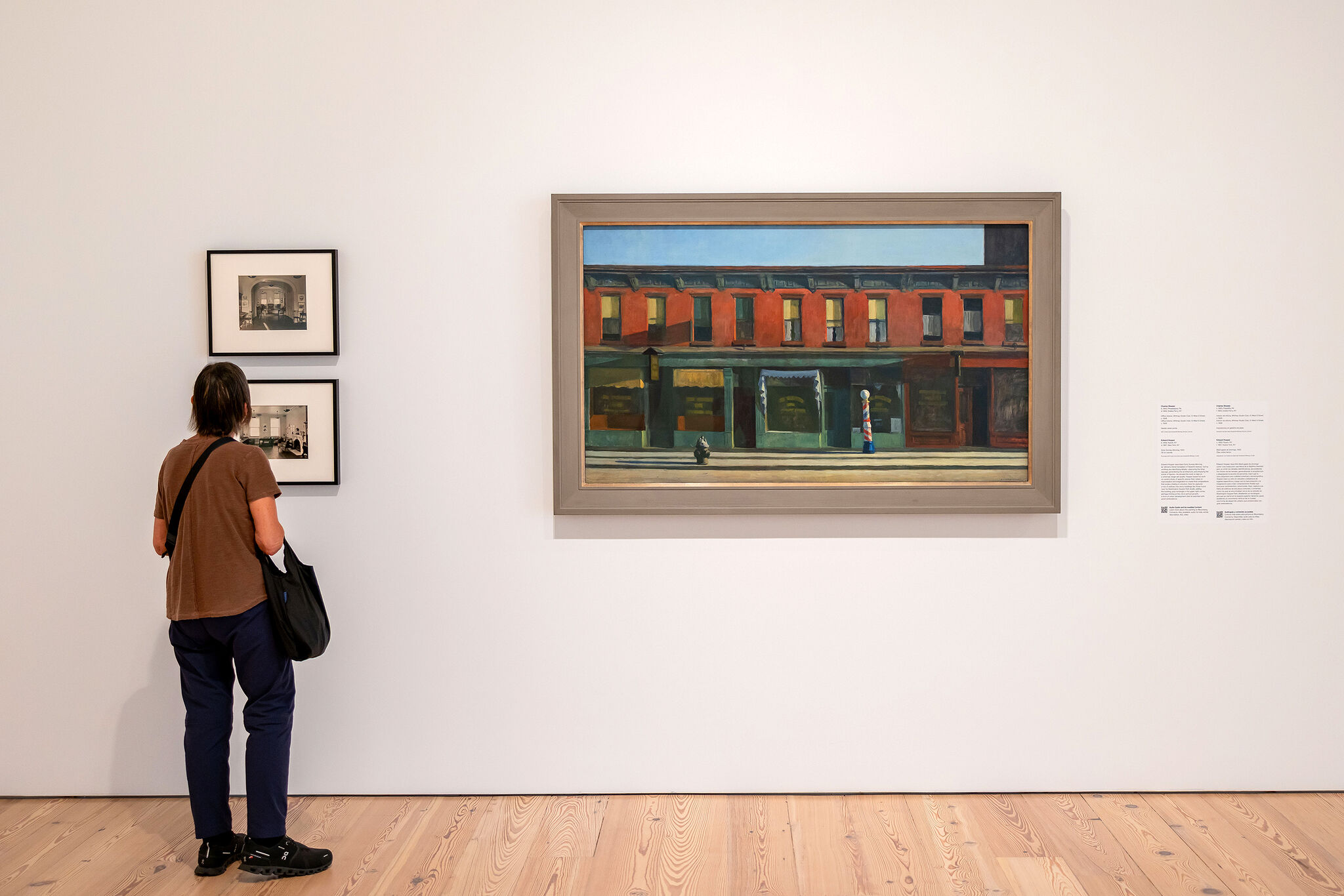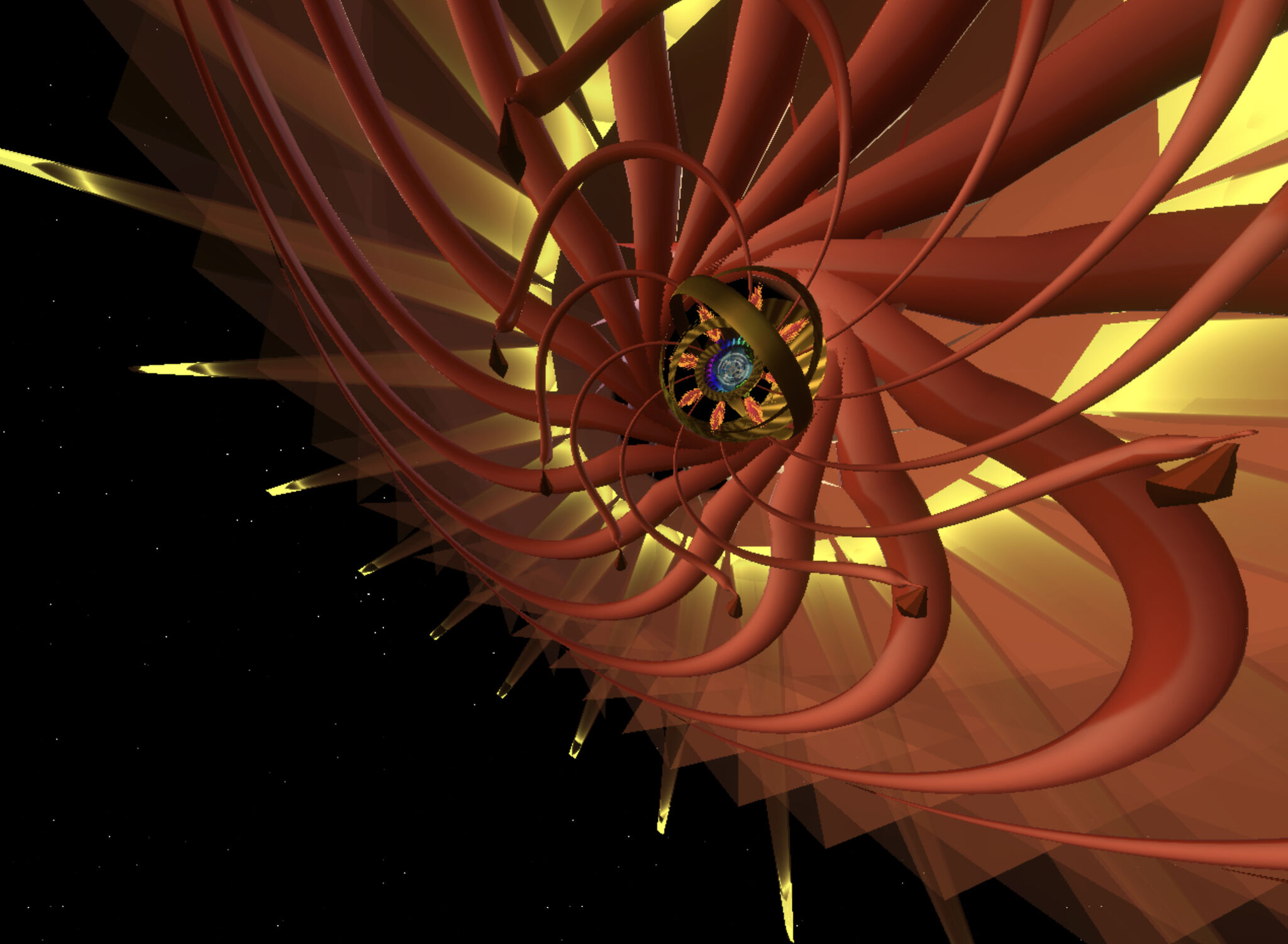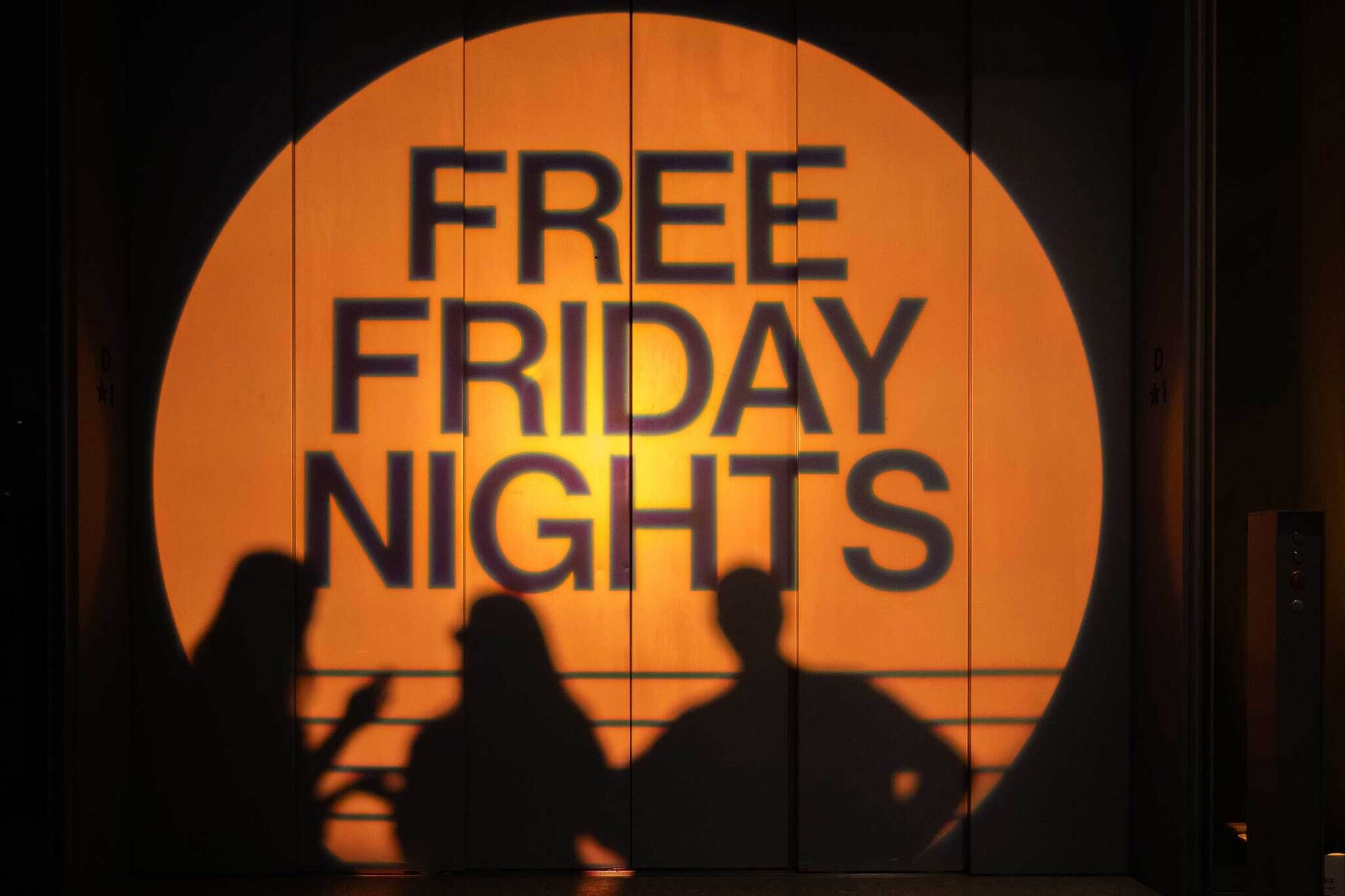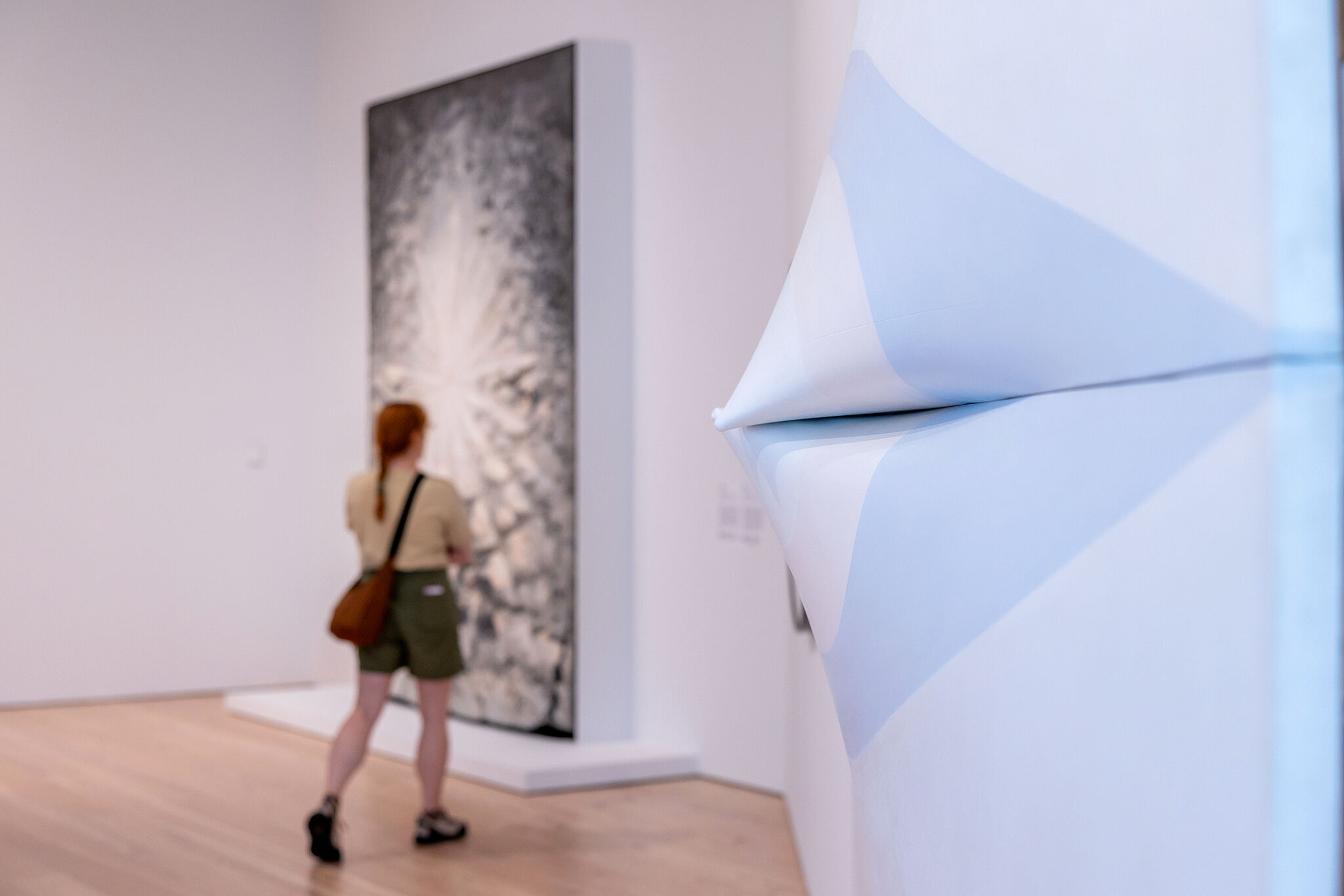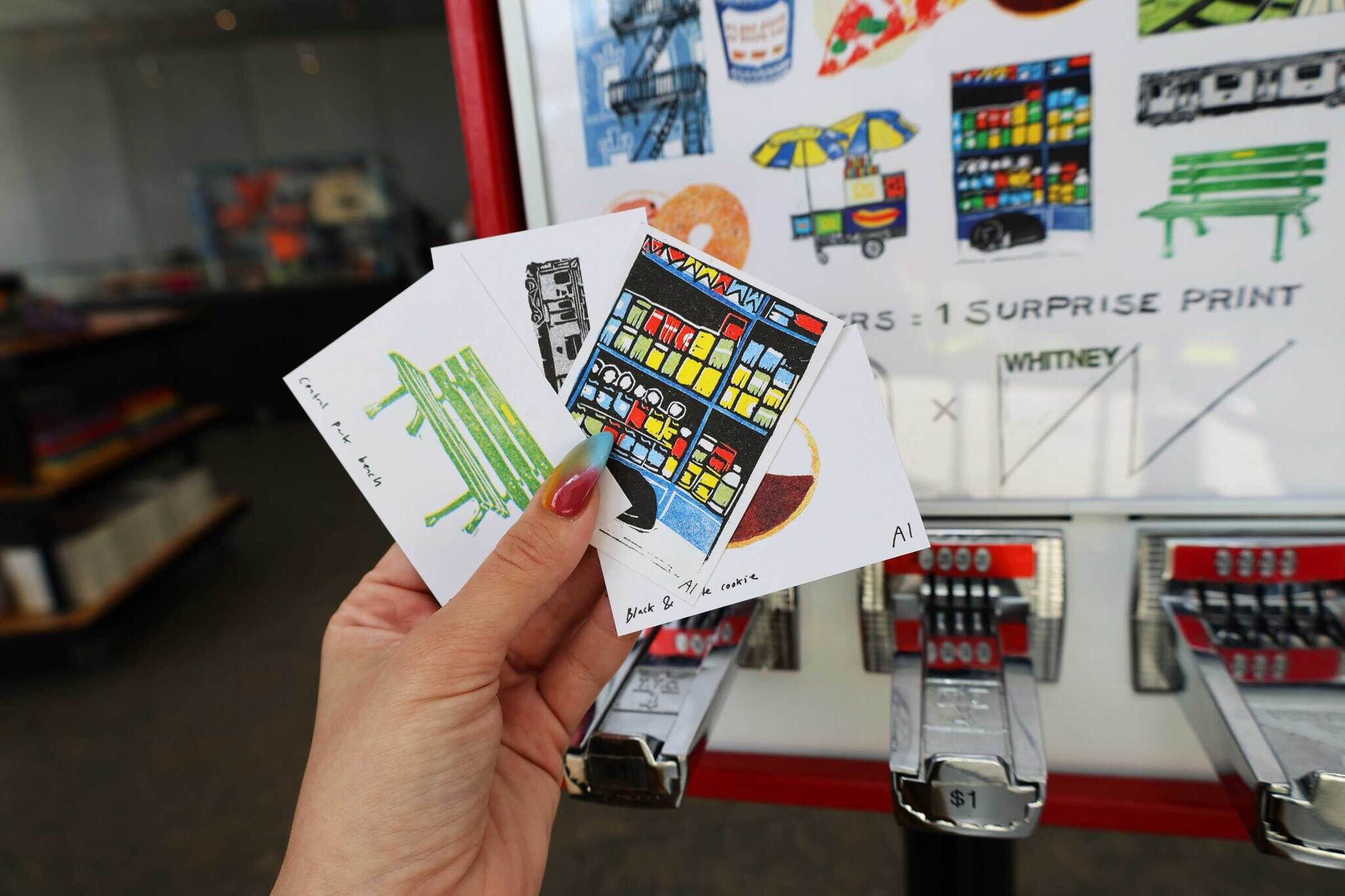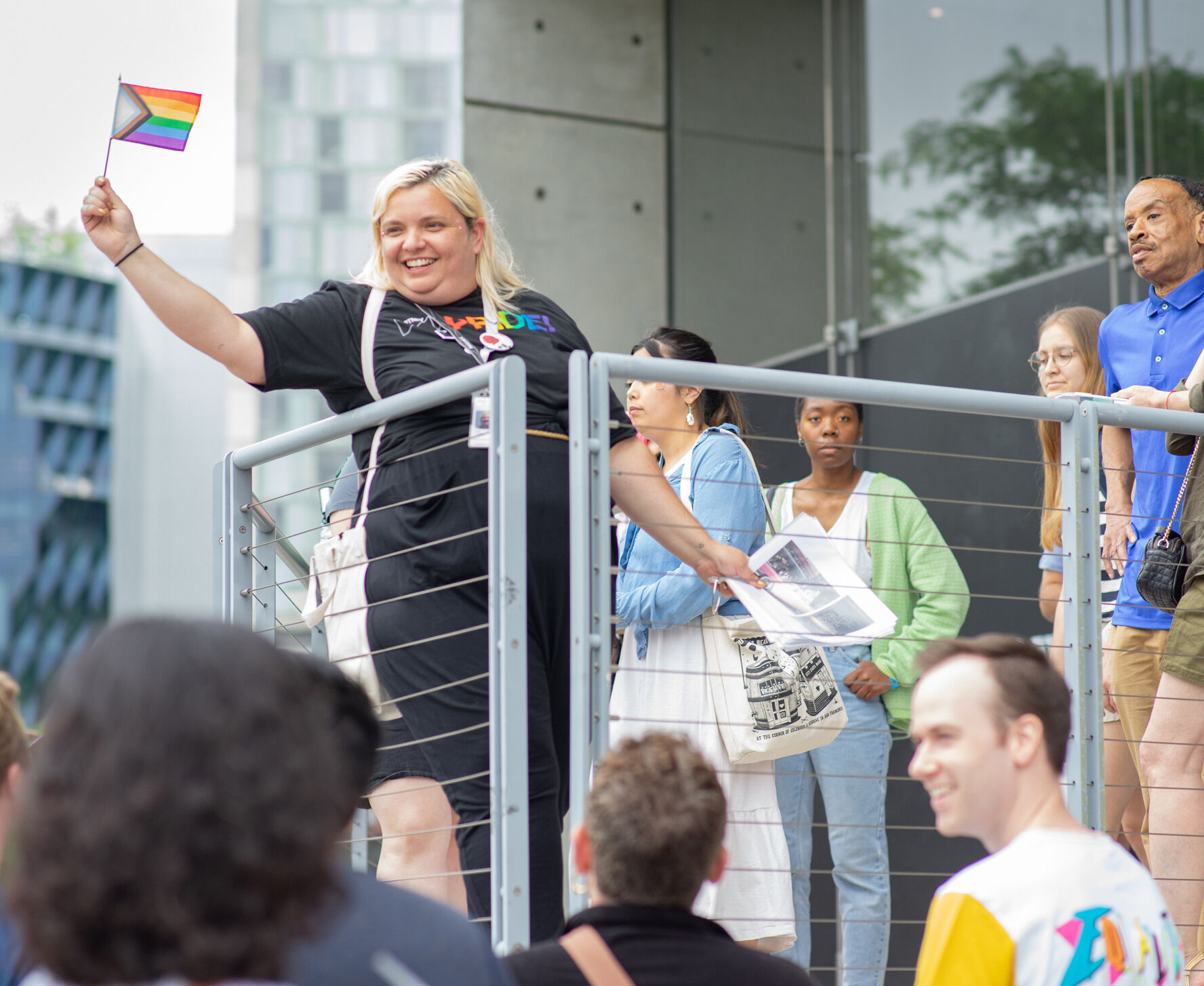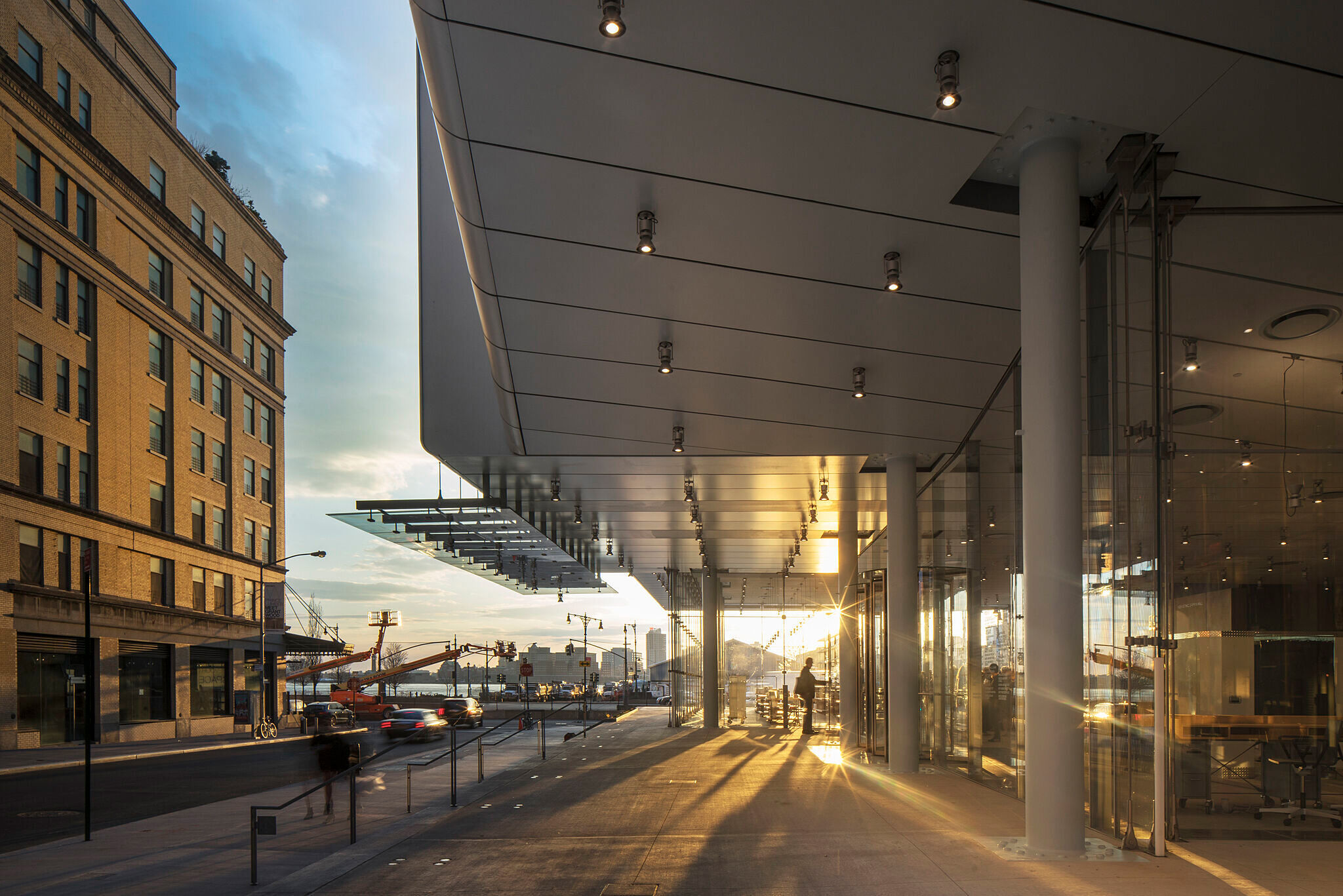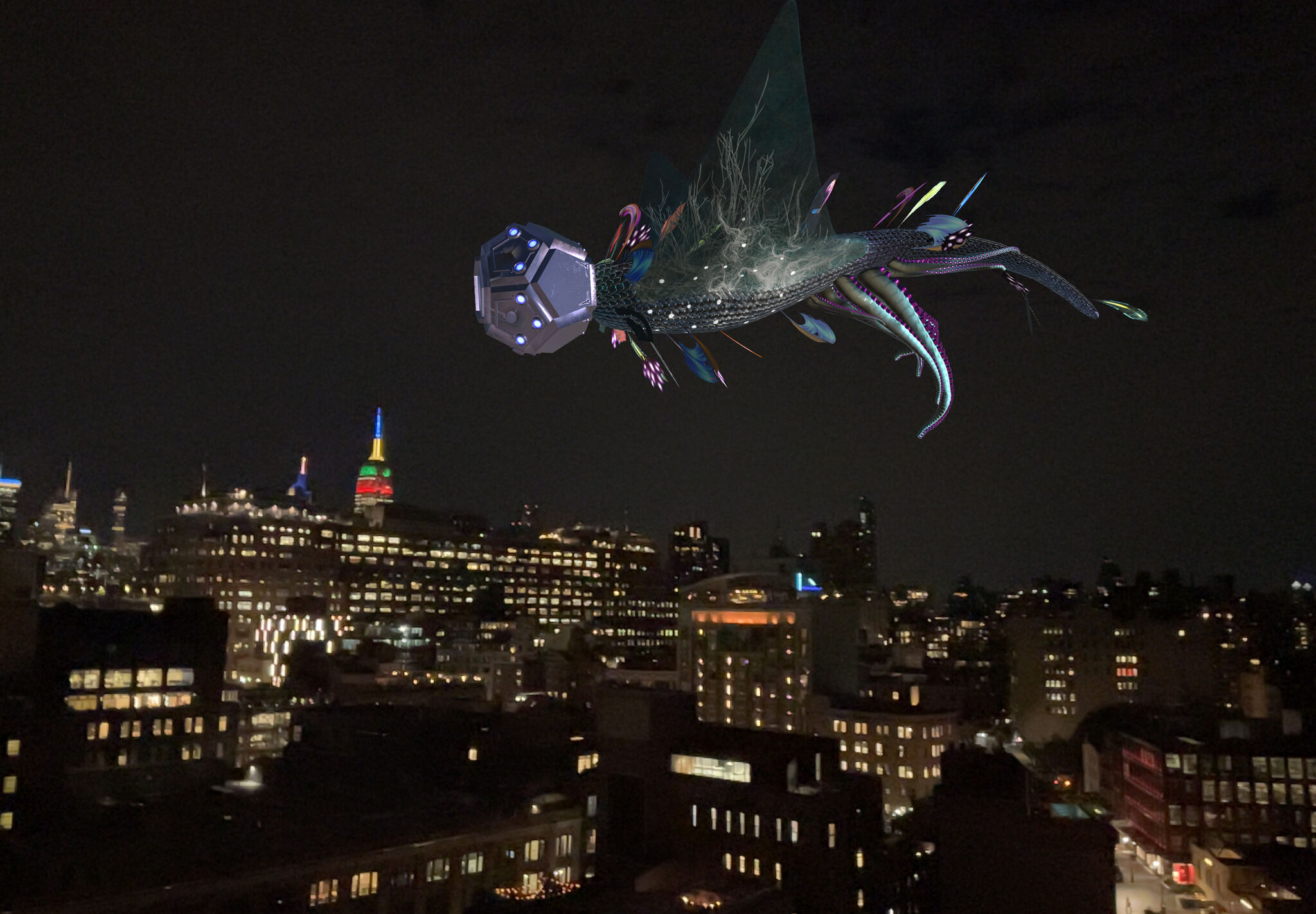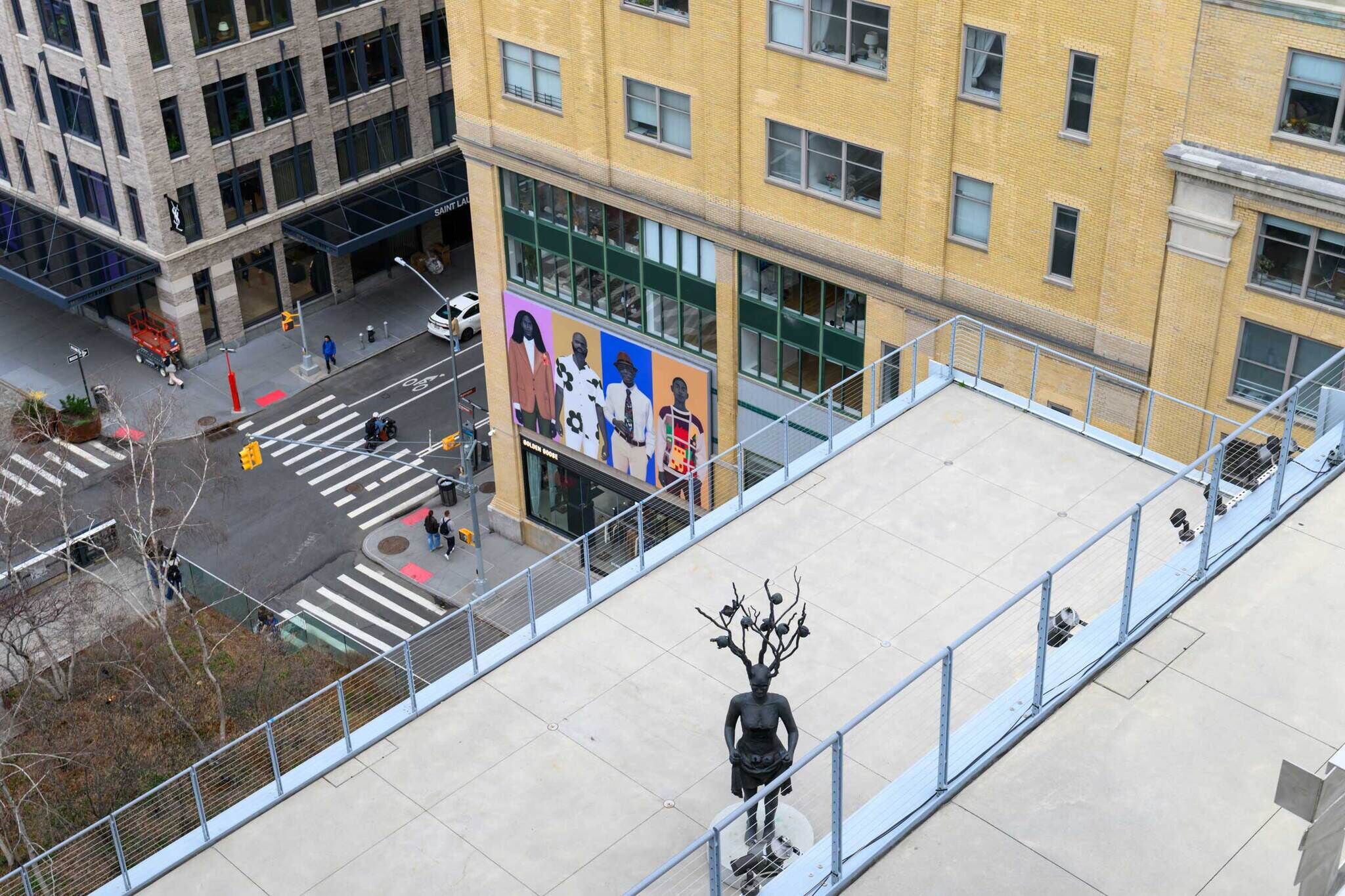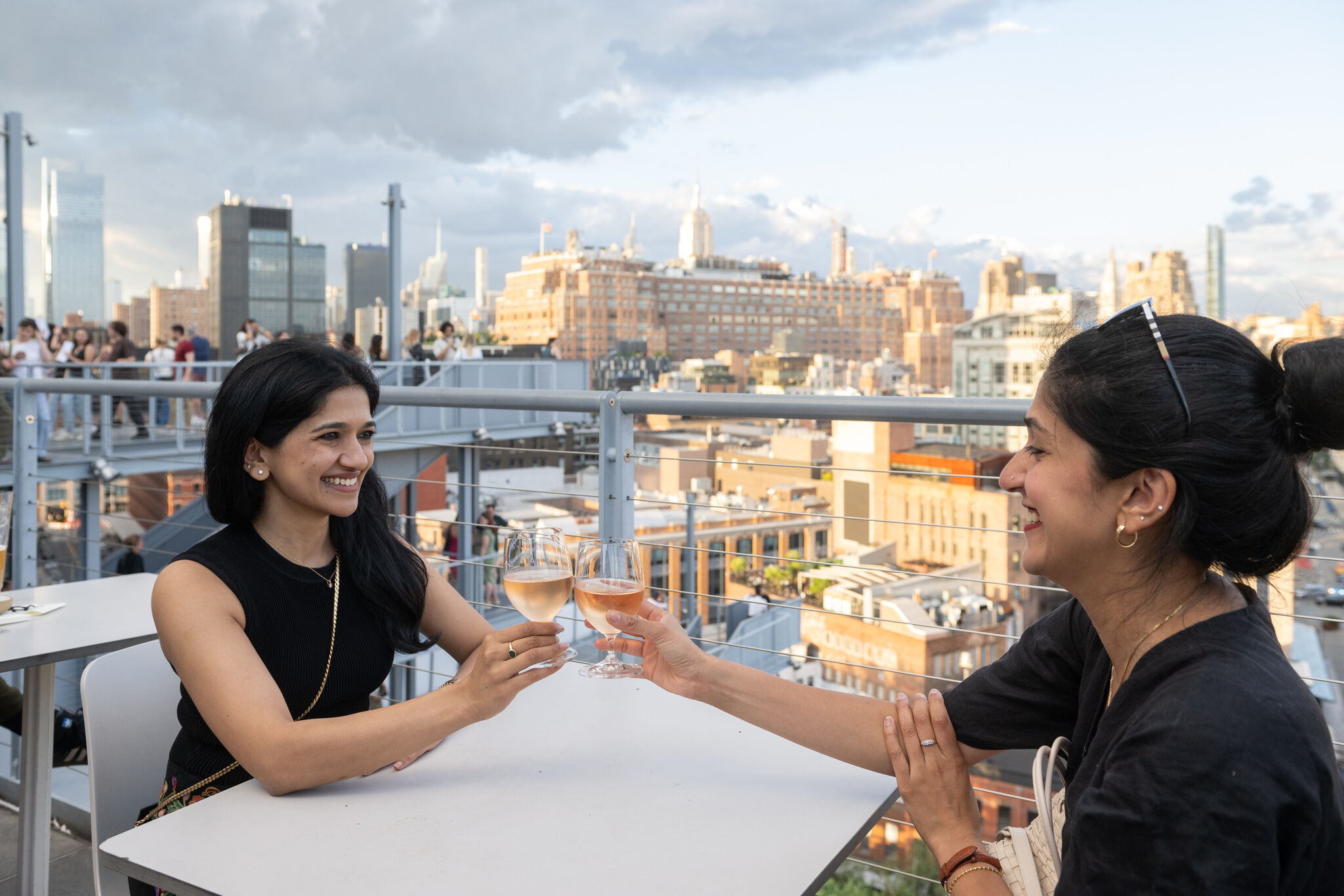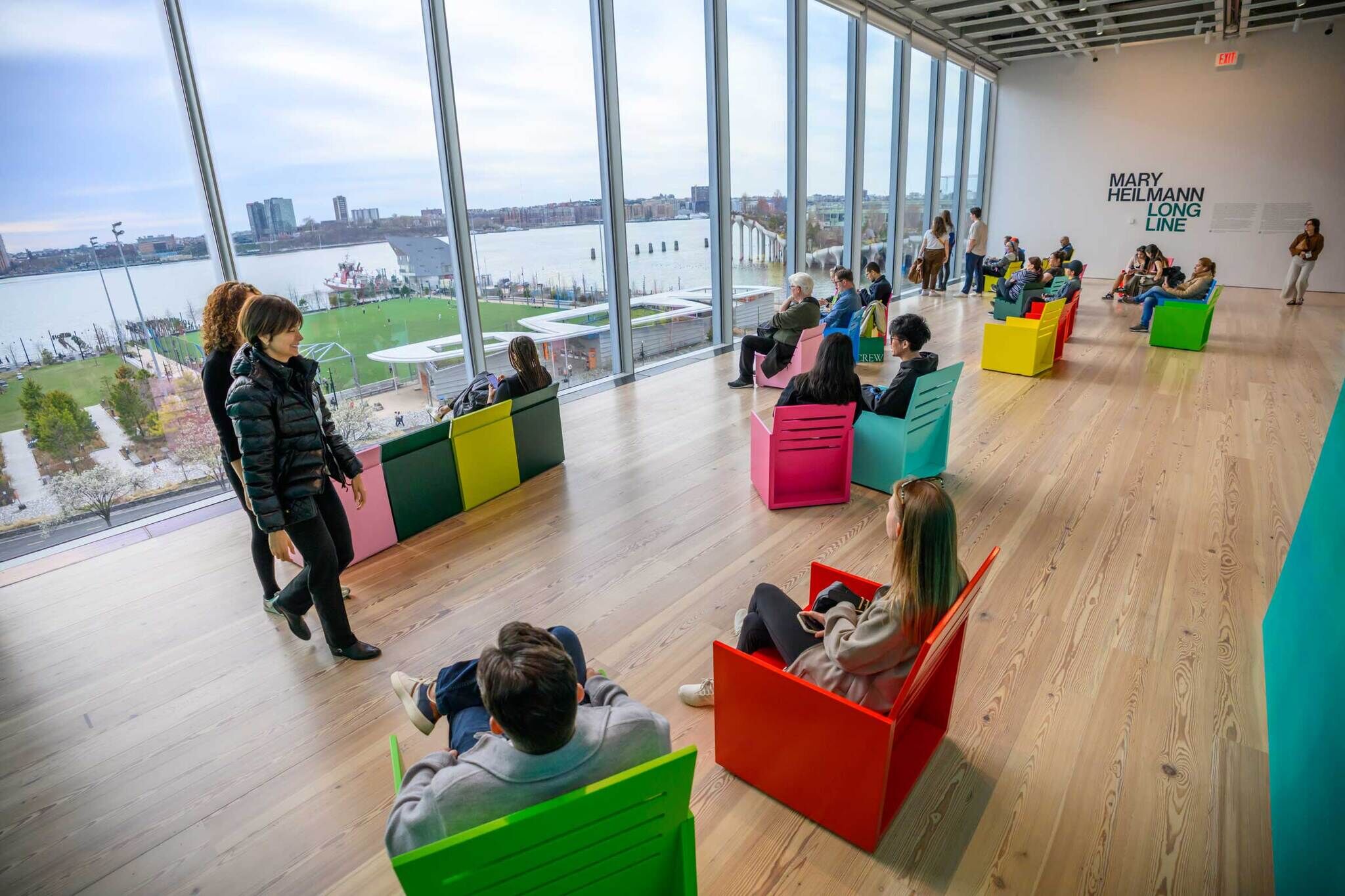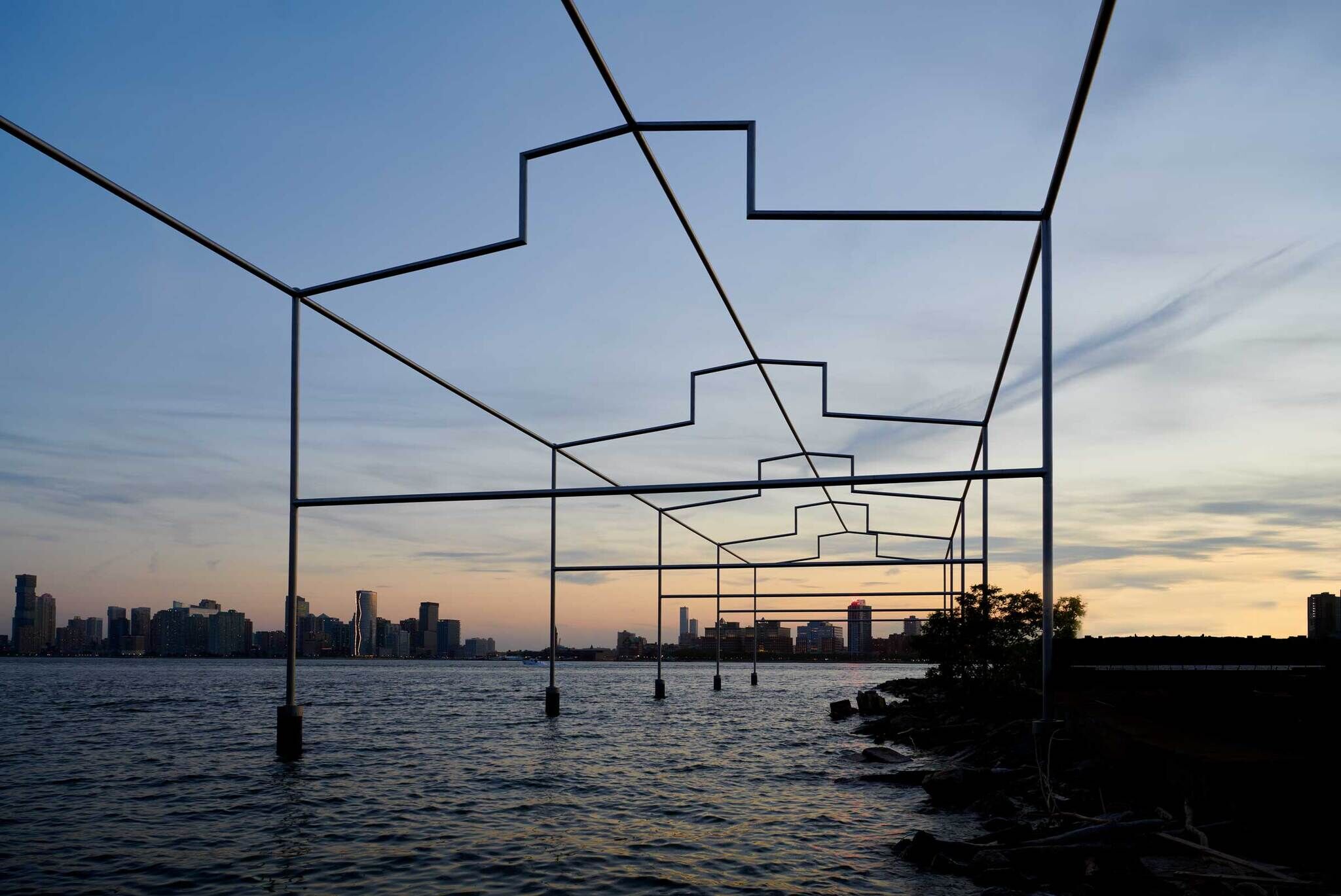What to See at the Whitney
The Essentials
There is so much to do and see at the Whitney, but if you’re short on time, here are a few of our favorites.
Edward Hopper’s Early Sunday Morning
Floor 7
Edward Hopper’s relationship with the Whitney began in 1920 when the then-unknown artist received his first-ever solo exhibition. Today, the Whitney is the largest repository of Hopper’s artwork in the world. A longtime New Yorker, Hopper painted the city around him; Early Sunday Morning, showing storefronts on Seventh Avenue, is one of his most iconic works. Keep an eye out for it and more works by Hopper in “Untitled” (America), a new exhibition of art from the Whitney's collection on Floor 7.
A Portal to Internet Art
Online
artport is an online gallery of Internet art—art that exists entirely online. Peruse these digital artworks, many of them commissioned specifically for artport by the Whitney, from the comfort of your home.
We've also recently launched a new Internet art series titled On the Hour featuring projects that appear hourly on whitney.org. This form of engagement captures the core of artistic practice on the Internet: the intervention of net art in existing online spaces. To see the current project, be anywhere on whitney.org on the hour.
Free Tickets to the Whitney
Every day for ages 25 and under, Every Friday night, all day on the second Sunday of every month.
Enjoy several opportunities for free admission to the Whitney: Free Friday Nights, Free Second Sundays, and just launched: free tickets every day for visitors 25 and under. We’ve heard Free Friday Nights described as “the perfect start to a night out in New York City.” Every Friday evening from 5–10 pm, admission to the Museum is free for everyone. We’ve got music, cocktails, and terrace views—oh, and art! The Free Second Sunday vibe is family-friendly and also full of fun. There is always a lot going on and something for everyone, from artmaking and story hour with NYPL to gallery tours, classes, and more. Join us!
The Legend of Jay DeFeo’s Rose
Floor 7
The Rose by Jay DeFeo is nearly eleven feet tall and weighs almost a ton. To create this massive artwork, DeFeo added a thick layer of paint to her canvas, let it dry, chiseled it away, and then did it all over again. For seven years, she repeated this process of application and removal—lore has it that all kinds of detritus from her life and home became incorporated into the paint. The work holds other mysteries too. For years it hung in a conference room at the San Francisco Art Institute, but a wall was constructed over The Rose when the building was renovated. Legend grew about the painting, but it remained sealed within the walls until 1995, when a Whitney curator had it excavated and restored. Now, in the light of day, it blooms on Floor 7 in “Untitled” (America), a new exhibition of art from the Whitney's collection.
Art for $1
Mini print vending machine at the Whitney Shop
Artist Ana Inciardi makes tiny lino prints inspired by New York City—a bagel, a slice of pizza, a bodega cat—and recently installed a mini print vending machine in the Whitney Shop. Feed the machine four quarters and, with a nostalgic twist and a crank, out pops a surprise print. The price point is right for all collectors but be warned: the prints are so sweet that you might be compelled to try to get them all. The artist often sends over new prints, so check back for added editions. Should you need more quarters, you can exchange up to three dollars at the register.
Landmarks of Queer History
From our doorway
The site where the Whitney now stands was once home to a thriving queer community. Starting in the 1950s, New Yorkers seeking sexual freedom and acceptance flocked to the Meatpacking District to relax on the piers, have sex, make art, organize, and party. Take our popular Queer History Walking Tour in person or via our mobile guide to learn more about the queer community and establishments that flourished in our neighborhood. We have a podcast episode about the history too.
Sunsets from our Stoop
Gansevoort Street and 10th Avenue
The Whitney’s stoop—the steps that wrap around the Museum’s southwest corner—is the spot to catch a New York City sunset. Rest on the stairs (even after Museum hours) to socialize and watch the final rays disappear over the Hudson, illuminating Day's End, a sculpture by David Hammons made just for this moment. Enjoy it.
Art in the sky
Floor 8 terrace
CENTO is a monumental augmented reality (AR) “creature” created by artist Nancy Baker Cahill that drifts through the air above the terrace on Floor 8. The artist describes CENTO as a fictitious, futuristic, bio-engineered interspecies entity collectively transformed through participatory AR. Scan the QR code on the terrace signage to download a free AR app that allows you to place a feather on the creature’s body and take part in its evolution. The artwork positions different species as one interconnected phenomenon and draws attention to the care and cooperation needed to ensure the survival of life forms under changing environmental conditions.
Art Across the Street
Billboard on Gansevoort Street
Don’t forget to look up on your way to and from the Whitney. Every few months, we ask an artist to create an artwork outside, always visible across the street from the Museum’s entrance on Gansevoort Street. On view now we have Amy Sherald's Four Ways of Being.
Plan your visit
What to know before you go.

